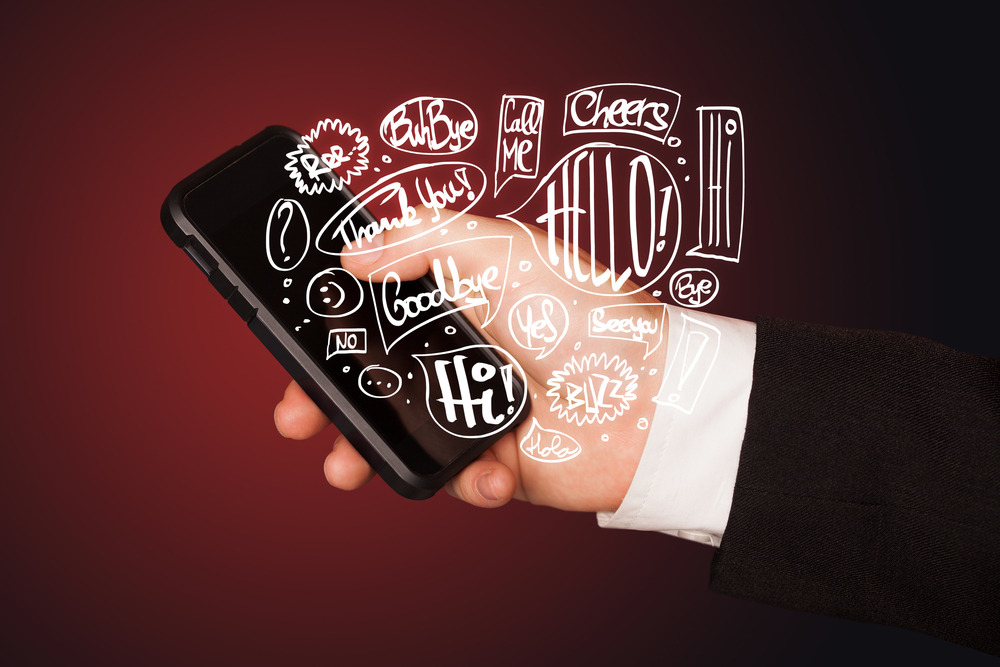Customer expectations are constantly evolving, impacted by advances in technology, market trends and their own preferential changes. Uncontrollable events such as politics, natural disasters and pandemics can have an impact too. And this impacts the eCommerce market, regardless of whether you operate in a B2B or B2C sector.
This is why it’s so important to know what your customers want. Events may be uncontrollable but you can certainly limit their impact on your sales if you know your customers better than they know themselves. Let’s discuss how eCommerce will change and what you should be doing to keep up.
If you’re more of a video lover, you'll be glad to know there's the option to watch our webinar with Episerver, CMS and commerce experts, where we discuss this topic. Or, watch the video and save this blog for later. Up to you!
Customers want to purchase in the way that suits them
Let’s use the recent COVID-19 crisis as an example. Online shopping has been growing gradually more popular as more and more people realise the convenience of it.
Though, the brick-and-mortar option still holds a certain appeal - perhaps because it allows consumers to make shopping a whole activity. You can go shopping with friends and family, then go to a café or out to dinner and drinks.
And of course, there’s the tactile aspect. Neither of these can be replicated with online shopping.
However, COVID-19 has forced people to embrace online shopping whether they like it or not. Lockdowns and social distancing were imposed so we had no choice but to browse online. Interestingly, research has found even after the restrictions are lifted, people expect to shop for most of their goods and services online and a small portion of it in-store rather than the other way around.
This is part of the reason why the businesses that left the COVID-19 period relatively unscathed were the ones who offered eCommerce services. They were present in the form that consumers needed, when they needed them.
 Customer service and experience matters too. Consumers want their online shopping experience to be as seamless as their in-store experience. Here are some examples:
Customer service and experience matters too. Consumers want their online shopping experience to be as seamless as their in-store experience. Here are some examples:
- If they have to contact customer service, they want to choose from a range of channels (e.g. a chatbot, live chat and social media as well as the traditional email and call centre option).
- When they’re browsing your website, they don’t want to encounter any issues like slow loading times, 404 pages or glitches preventing them from adding products/services to their basket.
- Checking out should be easy. Your customers don’t want to have to take many steps before clicking ‘buy now’.
All of the above contributes towards customer experience. And unsurprisingly, the most successful businesses were the ones who were providing at least the same experience post-lockdown as they did before.
Read more about the impact of COVID-19 on consumer buying behaviours here.
Customers want to feel like they’re interacting with another human
A drawback of online shopping is the potential lack of human to human interaction. After all, you’re separated by a screen so it’s easy for consumers to forget that there are humans behind the brand messaging.
Here are some tips to help you humanise your brand:
- Sound natural and have conversations you’d have in real life. Speak like a regular person and use words and a tone that resonate with your customers. You’ll find it much easier to connect with your audience that way.
- Activate emotions. Be responsive, friendly, warm, welcoming and thoughtful - all positive emotional attributes that will help your audience perceive you as a friend. And when they see you as a friend, they’re more likely to trust you and become loyal.
- Don’t be afraid to get personal. When you understand what makes your individual customers tick, you can present them with content and other information that’s relevant to them. Product recommendations, personalised bundles, offers - these are all geared to help your audience find more of what they like and less of what they don’t.
Ultimately, it’s about putting your customers first and helping them in the same way you’d help a friend.
Customers want to feel special
Your customers never want to feel like they’re one in an ocean of customers. They want to feel like they’re your only customer, or your favourite/best.

It starts with knowing exactly what your customers want (which you can gather from their purchase and search history, how they navigate your website and past interactions with customer service). Then you can offer things like:
- Personalised greeting when they return to your website
- Personalised product and service recommendations
- Exclusive vouchers/promo codes
- Early access to promotions and sales
- Exclusive access to in-store events
- Content tailored to their interests (e.g. blog posts, videos and guides on topics/themes they might be interested in)
Make your customers feel like they’re your best and/or only customer and they’ll constantly be coming back. And personalisation plays a huge role in that.
There are more elements to adopting a customer-centric mindset
For example, you need to get your team's buy-in before introducing any sort of strategy change. Then there are some customer behaviour metrics to look out for.
What we're trying to say is there's more to adopting a customer-centric mindset than what we just covered in this blog. We actually talk about all these elements in our full-length discussion with Episerver.
Click the button below to watch the full video...

